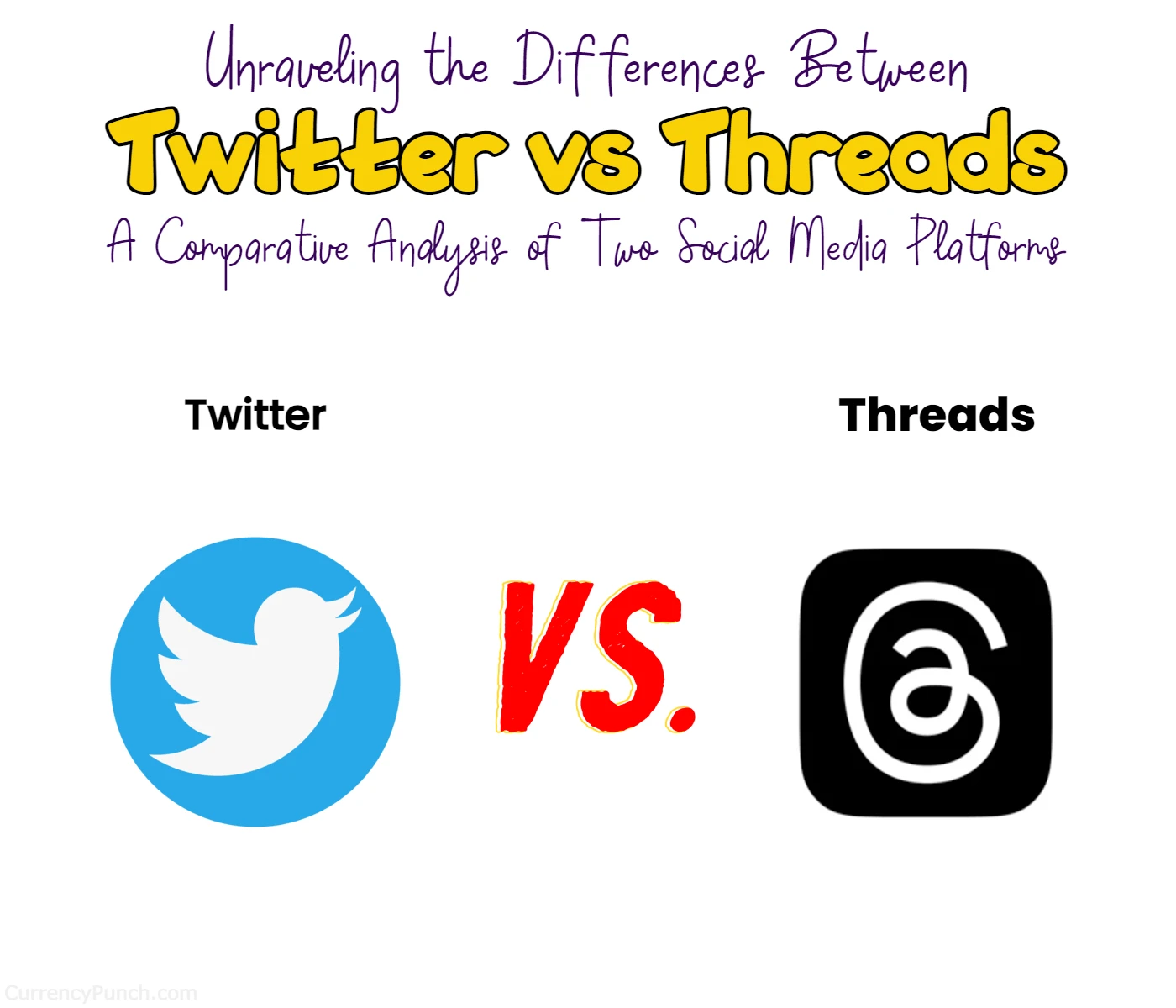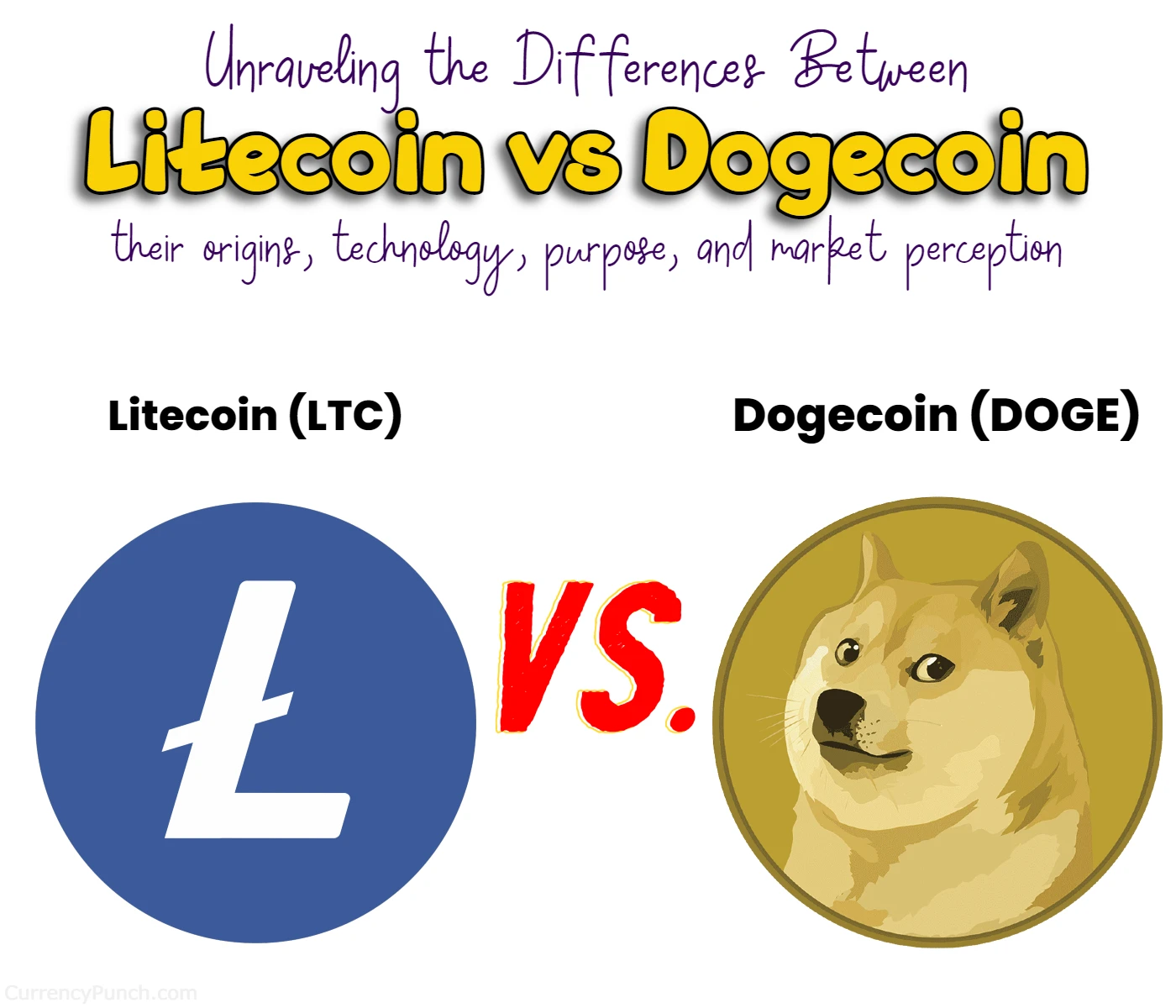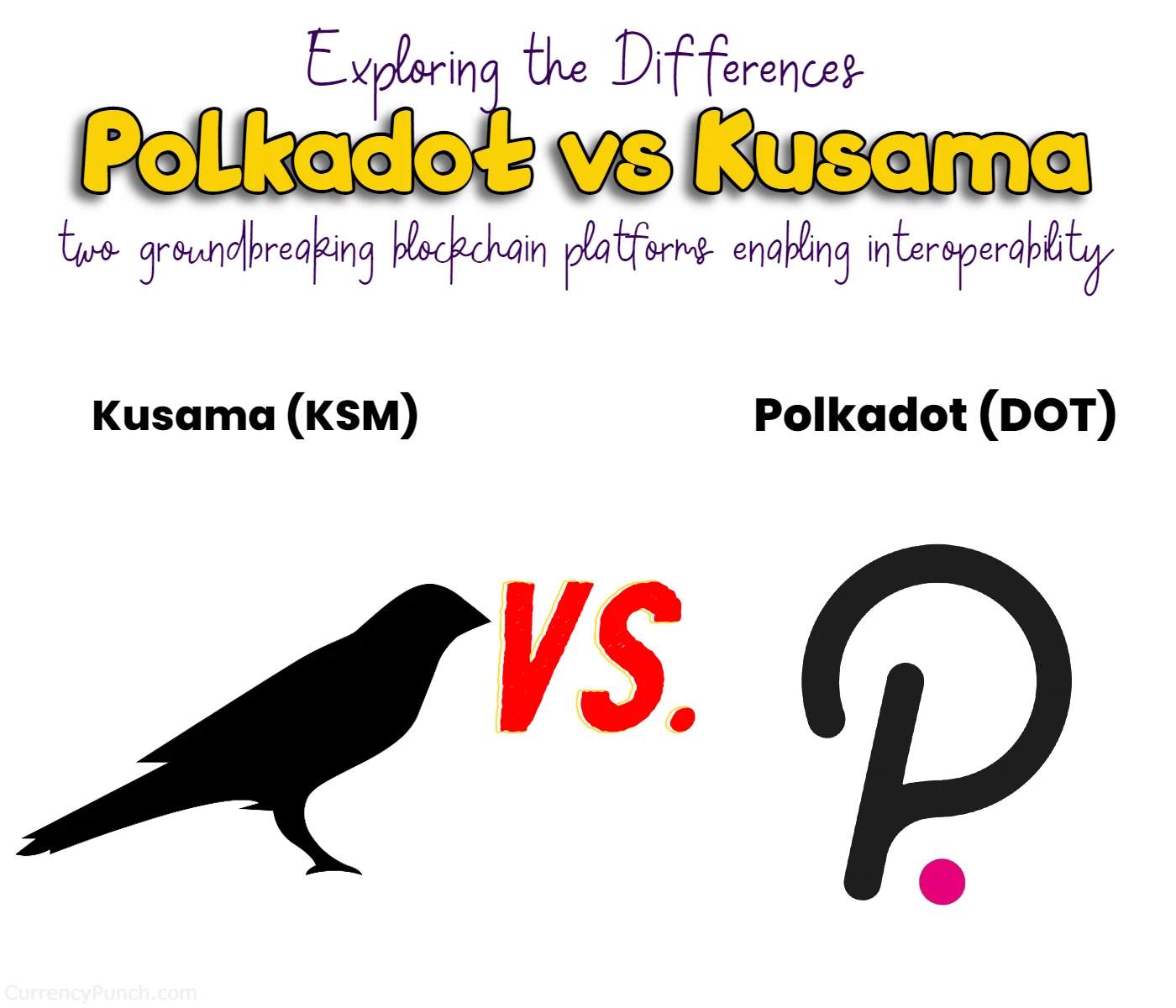- Differences Between

Threads vs Twitter
In the ever-evolving landscape of social media platforms, the emergence of Threads, a text-based conversation app by Meta, has piqued the interest of users worldwide. As it directly competes with the established giant Twitter, understanding the differences between the two platforms becomes crucial. One notable distinction lies in the character limits. While unverified Twitter users are confined to expressing themselves within 280 characters, Threads offers a more generous limit of 500 characters. Additionally, Threads allows verified Instagram accounts to retain their blue badge, while Twitter offers a similar feature at a cost of $8 per month. Video content plays a significant role in both platforms. Threads surpasses Twitter by allowing users, including the unverified ones, to share videos up to five minutes in length. Twitter, on the other hand, limits non-verified users to videos of up to two minutes and 20 seconds. This divergence in video length opens up new possibilities for creators and users looking to engage with longer-form content. Another differentiating factor lies in the integration options. Threads requires users to have an Instagram account, leveraging the platform's existing user base. In contrast, Twitter operates as a standalone platform, providing a distinct experience. While both platforms offer unique…
- Differences Between

Difference between Dogecoin and Litecoin
Litecoin (LTC) and Dogecoin (DOGE) have gained significant popularity in the cryptocurrency world, but they differ in their origins, technology, and purpose. Litecoin, often called the "silver to Bitcoin's gold," offers faster transactions and broader adoption, while Dogecoin, born from an internet meme, is known for its fun-loving community and social impact. Explore the contrasting features of LTC and DOGE to gain a deeper understanding of these intriguing cryptocurrencies and their unique charms.
- Differences Between

Differences between Kusama and Polkadot
Curious about the disparities between Polkadot (DOT) and Kusama (KSM)? Explore their unique features, governance models, token economics, and more. Discover how Polkadot focuses on stability and production-ready use cases, while Kusama fosters experimentation and rapid innovation. Dive into the world of these two remarkable blockchain networks and uncover their distinct qualities and purposes.
- Differences Between

Difference between Polkadot and Chainlink
Chainlink (LINK) and Polkadot (DOT) are two prominent projects in the blockchain space, but they differ significantly in their goals and technical features. Chainlink focuses on providing reliable data to smart contracts through its decentralized oracle network, while Polkadot aims to create an interconnected ecosystem of scalable and interoperable blockchains. By understanding the contrasts between Chainlink and Polkadot, you can gain insights into their respective strengths and potential applications. Dive deeper into their functionalities, architectures, and use cases to make informed decisions in the evolving world of decentralized technologies.
- Differences Between

Difference between Terra and Tether
Tether and Terra USD (UST) are two prominent stablecoins that have gained significant attention in the cryptocurrency world. While Tether relies on traditional fiat reserves, Terra USD utilizes an algorithmic stability mechanism. This article explores their differences in mechanism, decentralization, use cases, transaction speed, regulatory considerations, and trust. Tether, the pioneer of stablecoins, offers stability by pegging its value to fiat currencies, but faces controversies regarding transparency. In contrast, Terra USD leverages its native token Luna for collateralization and algorithmic stability. Terra USD focuses on becoming a stable medium of exchange for daily transactions, while Tether is widely used for trading and liquidity provision. Transaction speed and cost vary depending on the blockchain networks used. Trust and perception also play a vital role, with Tether's established market presence and Terra USD's growing ecosystem shaping user preferences. Understanding these distinctions helps users navigate the stablecoin landscape and choose the right option for their specific needs.
- Differences Between

Differences between Metamask and Ledger wallets
In this article, we delve into the differences between Ledger wallet and Metamask wallet. Explore their varying security measures, features, and supported cryptocurrencies to find the ideal wallet for your needs.
- Differences Between

Differences between Trust Wallet and Metamask
Metamask and Trust Wallet are both widely used cryptocurrency wallets, but they have distinct features and functionalities. While Metamask focuses on Ethereum and offers browser extension support, Trust Wallet embraces multi-chain compatibility and provides a mobile-first experience. Understanding these differences is crucial in selecting the right wallet for managing your digital assets. Let's delve into the unique characteristics of each wallet to help you make an informed decision.
- Differences Between

Metamask vs Coinbase wallet
Metamask and Coinbase Wallet are leading cryptocurrency wallets with unique features and functionalities. While Metamask focuses on Ethereum and DApp integration, Coinbase Wallet offers multi-currency support and seamless access to the Coinbase ecosystem. Explore the distinctions between these wallets to make an informed decision about storing and managing your digital assets.
- Wallets

What is Metamask?
Metamask Wallet provides a user-friendly interface that bridges the gap between you and the decentralized world. With the web browser extension, you can easily interact with decentralized applications (dApps) on popular browsers like Chrome, Firefox, Brave, and more. Additionally, the mobile app brings the power of Metamask Wallet to your iOS or Android device, allowing you to manage your crypto on the go. No matter your preferred platform, Metamask Wallet ensures a consistent and intuitive user experience. Security is a top priority for Metamask Wallet, ensuring the safety of your digital assets. During the wallet setup process, you'll create a strong password and have the option to enable biometric authentication for an added layer of protection. Metamask Wallet also generates a unique seed phrase, serving as a backup to restore your wallet if needed. With these robust security measures in place, you can have peace of mind knowing that your cryptocurrencies are stored in a secure environment. Join us as we delve into the world of Metamask Wallet in the following sections of this review. We'll explore its features, usability, security, and more. By the end, you'll have all the information you need to make an informed decision and simplify…
- Differences Between

Difference between Polkadot and Fantom
Fantom (FTM) and Polkadot (DOT) are prominent blockchain platforms with unique features. This article explores their differences in consensus mechanisms, scalability solutions, interoperability, governance models, and ecosystem development. Discover the contrasting characteristics of FTM and DOT and gain insights into their potential applications in the evolving blockchain landscape.









